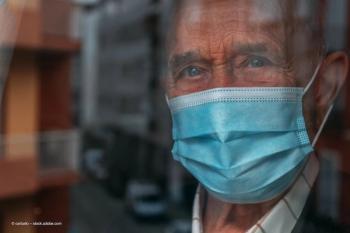
Vision for the coming years
The MECTIZAN donation programme to fight river blindness
In 1987, Merck & Co., Inc.1 , a VISION 2020 corporate supporter, established the MECTIZAN Donation Programme to fight onchocerciasis (river blindness), a VISION 2020 target disease. Onchocerciasis is a tropical disease that threatens the eyesight of more than 100 million people in Africa, the Americas and the Middle East, with approximately 1 million people blind or visually impaired as a result of the disease. The disease is caused by a parasite transmitted by the bite of a black fly. In infected individuals, the parasites can cause vision loss and eventual blindness.
Through the MECTIZAN Donation Programme, people in at-risk communities receive MECTIZAN® (ivermectin), donated by Merck, to treat the disease.
In Africa, where 99% of the disease burden exists, MECTIZAN is distributed to at-risk people by community-directed distributors (CDDs) coordinated by the WHO's African Programme for Onchocerciasis Control (APOC).
The MECTIZAN Donation Programme and APOC are making strides in controlling onchocerciasis in Africa. In the coming years, not only will the vision of countless women be protected, but in addition, more women will be prepared to take on management and leadership roles as a result of the capacity building activities that train women as community-directed distributors.
References
1. Merck & Co., Inc. operates as Merck Sharp & Dohme (MSD) in most countries.
2. Gender issues in the Community-Directed Treatment with Ivermectin (CDTI) of the African Program for Onchocerciasis Control (APOC). Clemmons L., Amazigo UV, Bissek AC, Noma M, Oyene U Annals of Tropical Medicine and Parasitology, 2002;96 supplement 1(1):S59-S74
3. Source: annual technical reports from projects of 15 African countries in 2007, APOC.
Newsletter
Get the essential updates shaping the future of pharma manufacturing and compliance—subscribe today to Pharmaceutical Technology and never miss a breakthrough.




